The present monograph is unique in that it, for the first time, extensively treats the subject of Indian temple jalas or grilles together with an in depth discussion in the light of relevant medieval vastrusastra passages in Sanskrit on Indian architecture. Besides identification, classification, and description of the different grille types as well as their forms, features, and their relationship with the environment as well as their functional engagement with the building of which each example is an integral part. It likewise traces the origins – or at least the earliest incidences – together with the development, wherever discernible, of the Indian grilles. While maintaining the thrust of writing towards the ancient and medieval Indian grilles, it brings within its purview the Islamic screens and the Gothic traceries for comparing and contrasting their characteristics with the earlier Indian. In the process, it also dwells on the factors of concept, form, function and, above all, aesthetics. The visual appearance of the jalas developed in each of these three architectural systems considerably varies due to environmental, creedal, cultural, and hence stylistic differences. The text of the monograph is elucidated by carefully drawn 55 lie drawings and 348 photo illustrations. Being scholarly and, as a result of academic disposition, it will not have the privilege of the company and prestige of coffee table books. It likewise cannot be a companion book for the iconographers who in India dominate the field of ancient art and pass as art historians, nor is it useful to the modernists and lovers exclusively of contemporary arts and literature. What is more, in orientation, treatment of theme, and the tenor of discussion, it adheres to the methodology of art history proper and, by the same token, not that of neo-art interpretatory, a different and new discipline which their protagonists, the Newtrendians in the West and because of them the Newtrendianoids in India, claim and proclaim as ‘New art history,’ just as they look down at the other/original one by qualifying it as conventional, traditional, old-fashioned, and outmoded. They are largely unconcerned about history and chronology, socio-religious and cultural background, and ignore style, inherent concepts, philosophy, metaphysics, and aesthetics.
Architecture in India: History of Science, Philosophy and Culture in Indian Civilization, Volume VI, Part 2
The volumes of the PROJECT ...
$118.80
$132.00

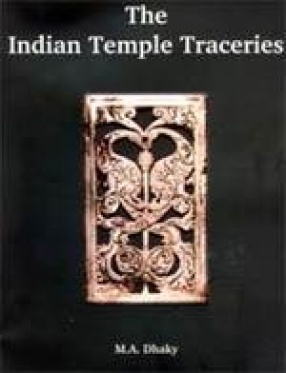
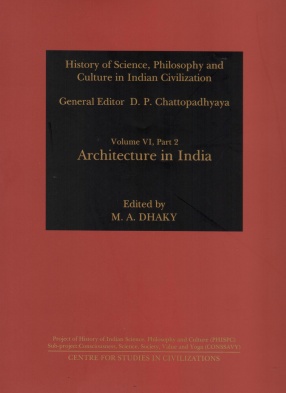
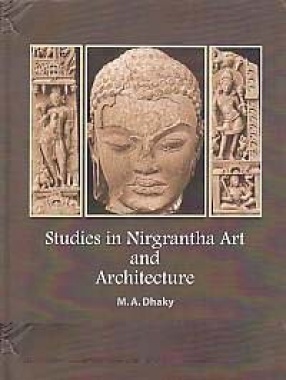
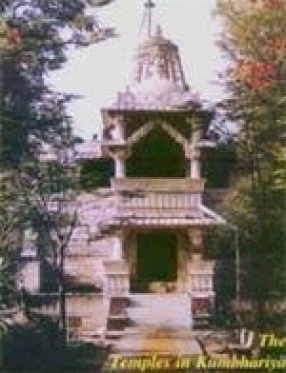
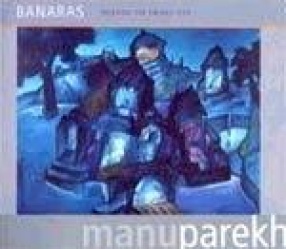


There are no reviews yet.